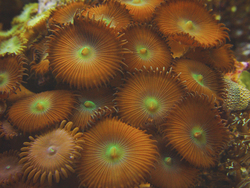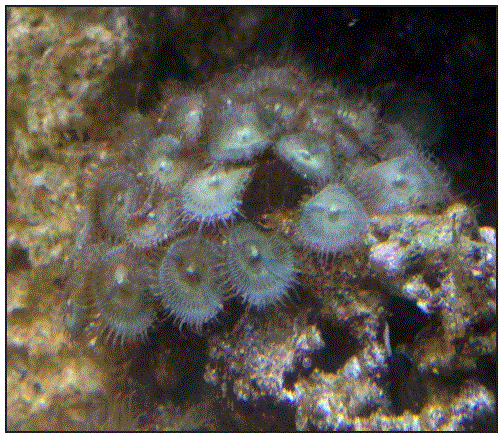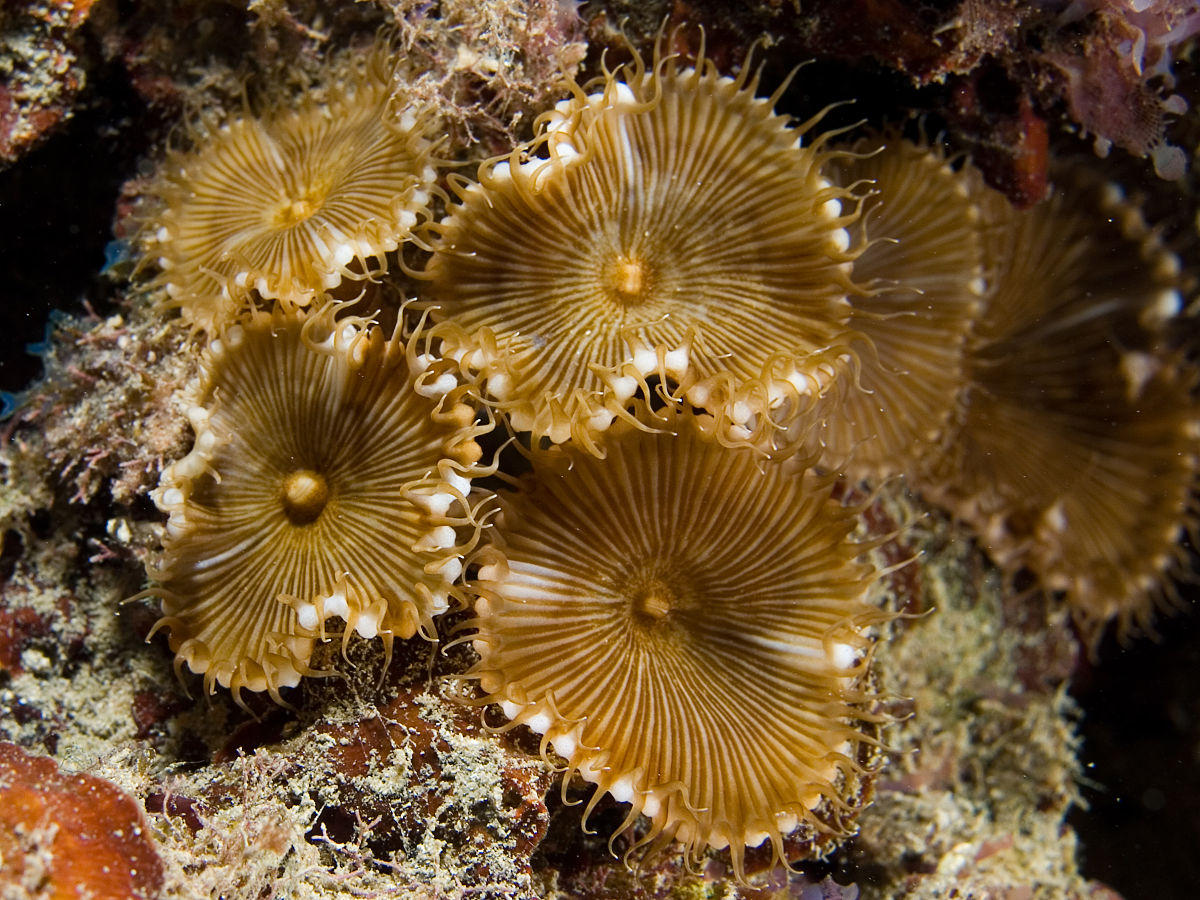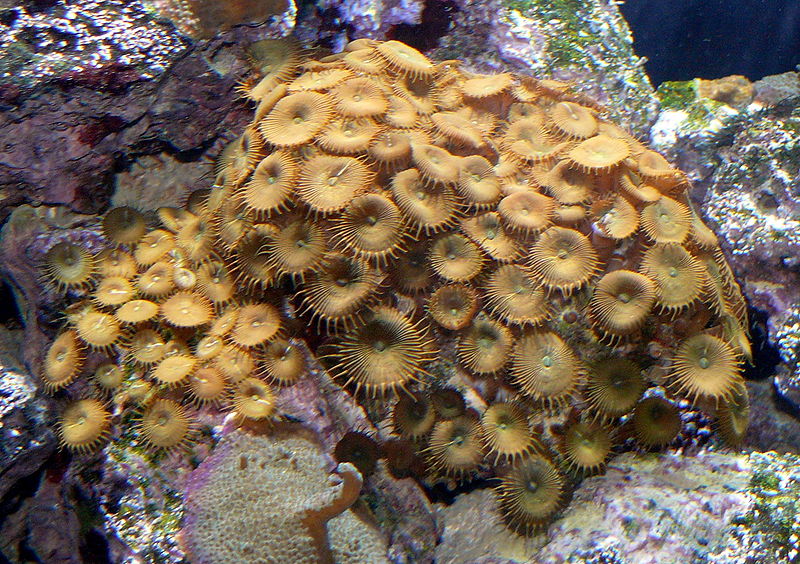Good Afternoon All
I have always kept far away from zoas because off the risk of palytoxin, but am really wanting to change my thoughts about zoas. What is everyone's thoughts about the topic and what everyone does to protect themselves?
Thanks All
I have always kept far away from zoas because off the risk of palytoxin, but am really wanting to change my thoughts about zoas. What is everyone's thoughts about the topic and what everyone does to protect themselves?
Thanks All






















